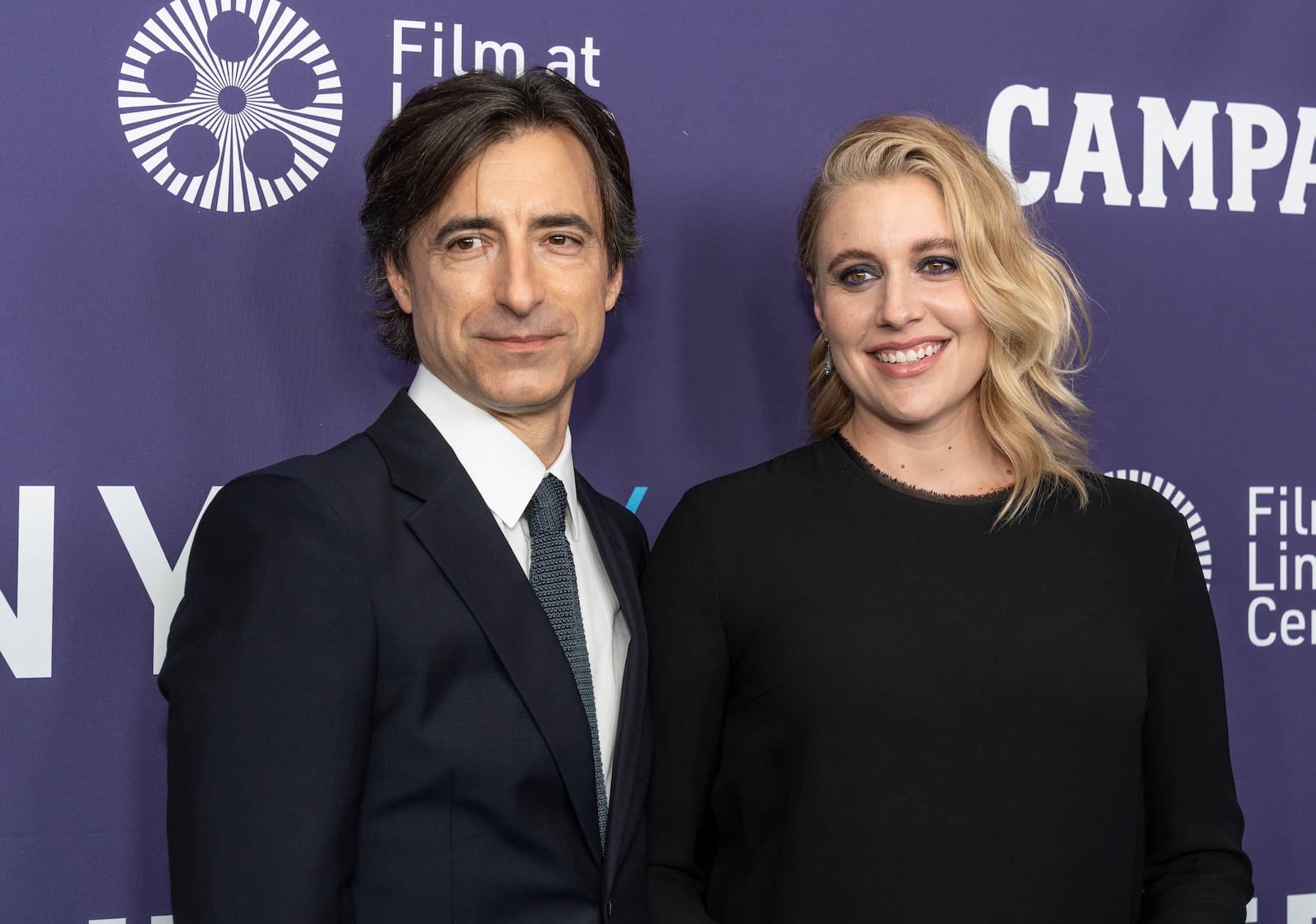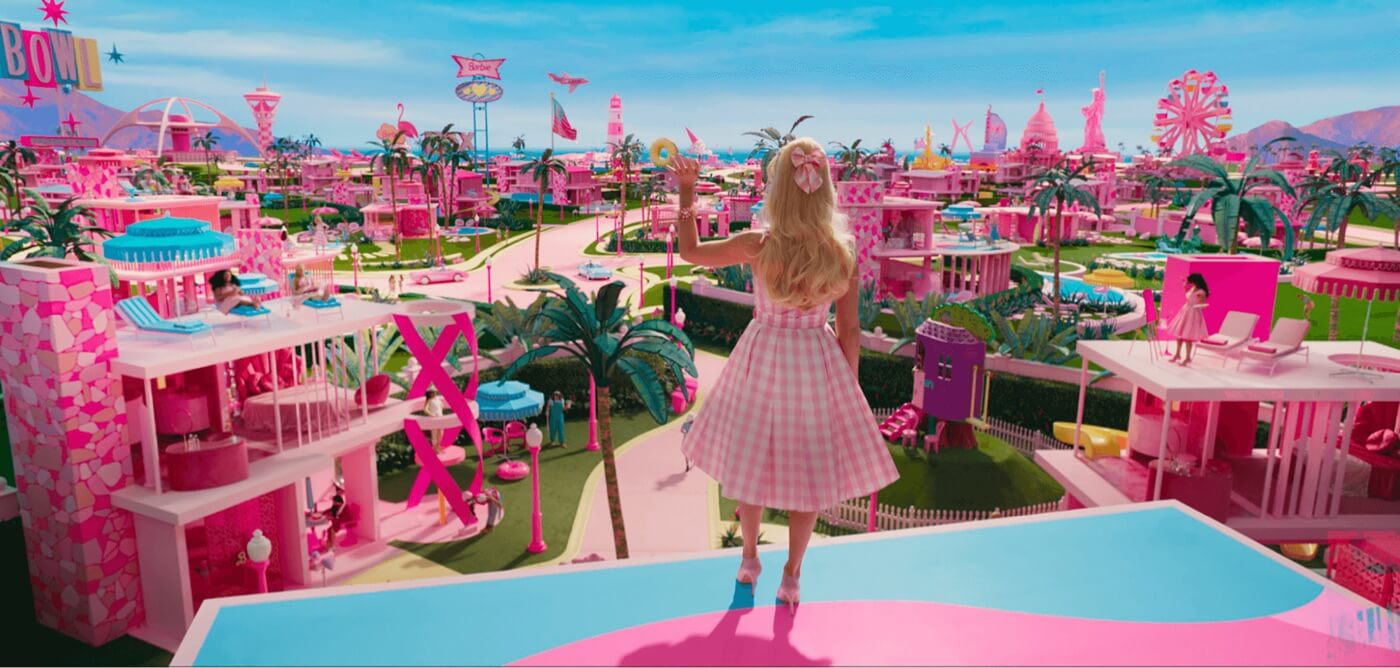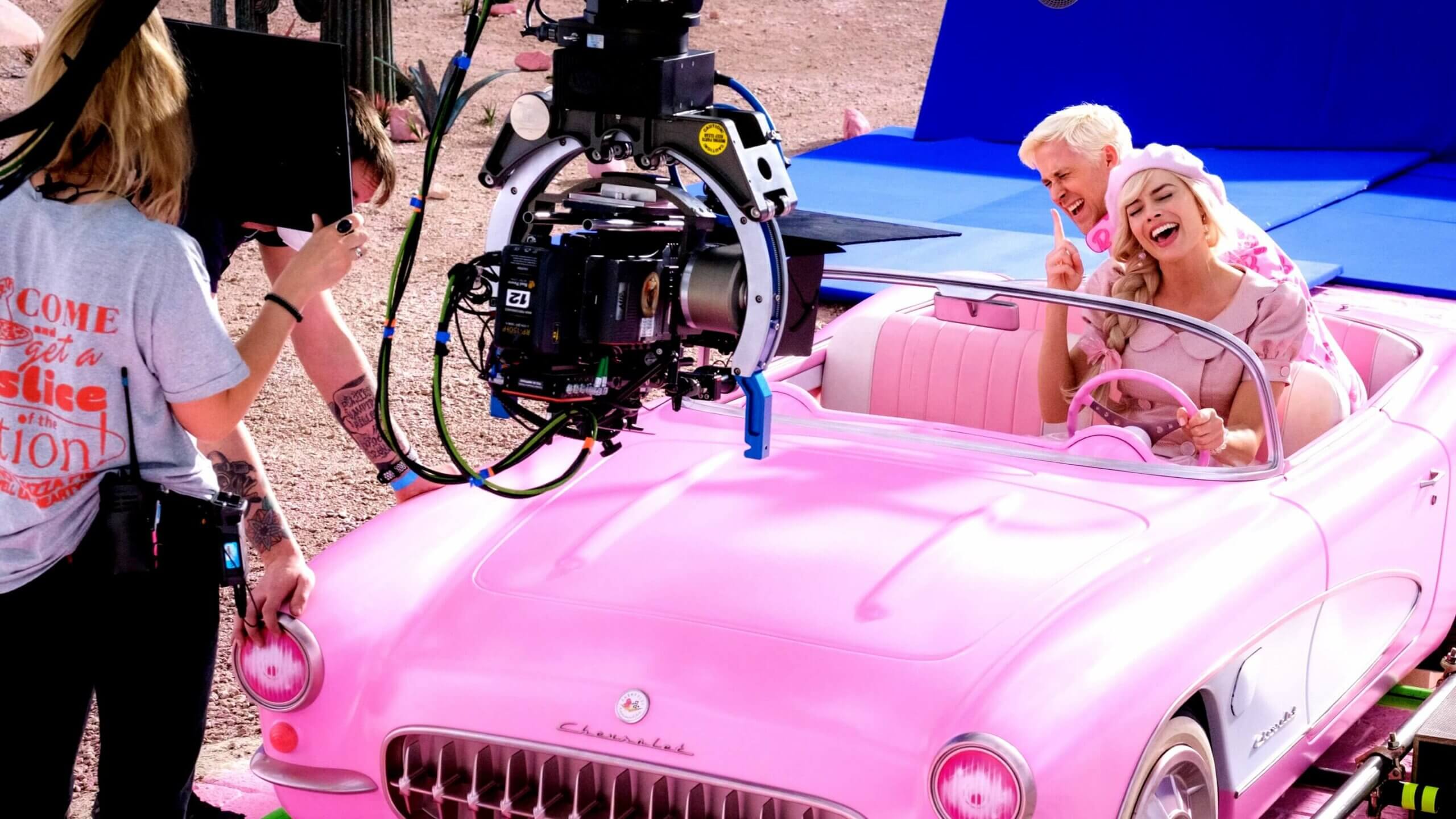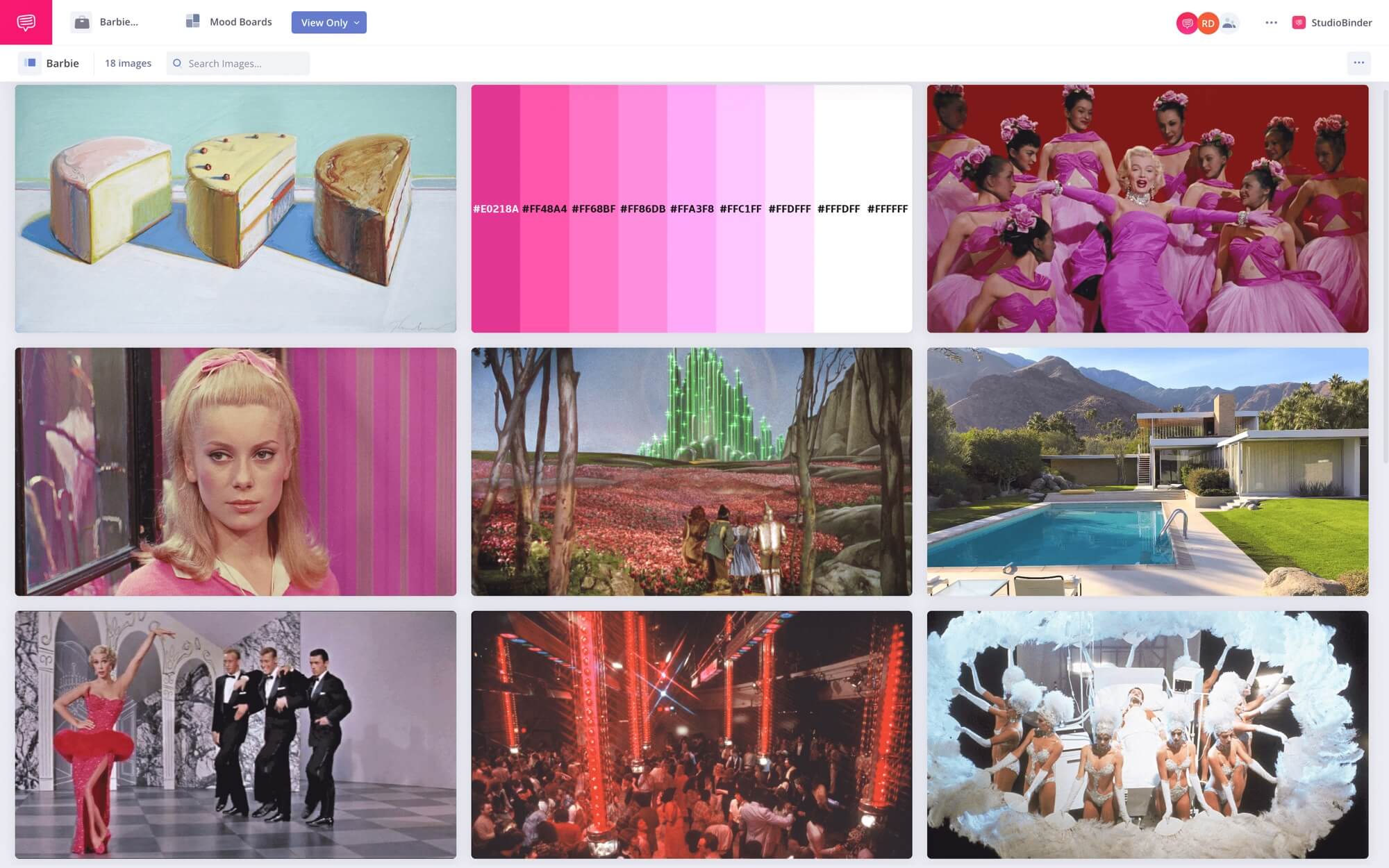There’s no question that Barbie has been a sensation. The movie has smashed records left and right– it’s the highest-grossing Warner Brothers picture ever, the biggest opening for a non-sequel, and the highest grossing film directed by a woman, just to name a few. So what’s the secret to Barbie’s success? How did Greta Gerwig and her team create a beloved movie out of nothing but a doll?
Barbie Director
The beginnings of Barbie
Let’s start at the beginning. Mattel had been trying to make a movie based on their beloved doll for a long, long time.
While there have been several animated Barbie flicks, a live-action Barbie film had been just outside of Mattel’s grasps for decades. The idea first popped up in the 1980s, and routinely fell into turnarounds and development hells.

Barbie in the ‘80s • The making of Barbie
In 2009, Mattel started to pursue the idea with more vigor, developing the picture with Universal and then, in 2014, with Sony. Countless talented attachments came and went. Screenwriters Jenny Bicks, Diablo Cody, Hillary Winston, and more all at one point or another gave the script a shot.
Meanwhile, actors like Amy Schumer and Anne Hathaway were considered for the titular role.
Sony eventually gave up and sold the property to Warner Brothers in 2018, and Margot Robbie came on as actor and producer. Initially, it seemed like Wonder Woman director Patty Jenkins would be on the project.
Robbie approached Greta Gerwig initially to write the script, and as the project developed, Gerwig signed on to also direct.
Finally, Barbie had its final lead creatives.
Barbie Director
Writing Barbie
Gerwig wrote Barbie with her partner Noah Baumbach during the height of the COVID-19 pandemic. According to Gerwig, this played a big role in their conception of what the movie could be.
“Barbie came out of this overwhelming sense of, ‘Well, if they ever let us back, if we ever get to do this again, if there are even movies on the other side of this, let’s do something wild and anarchic and unhinged and joyful and filled with fear,” she told Film Comment.

Barbie director Greta Gerwig with Noah Baumbach • Who directed Barbie
The script also contained themes that Gerwig had been investigating in her previous two features, Lady Bird and Little Women.
Gerwig notes, “One of my obsessions, as it were, is that I truly kind of can’t believe that we live in linear time.”
In other words, her films are concerned with growing up, character reckoning with the passage of time. In Barbie, this is built into the inciting incident– Barbie asks, “Do you guys ever think about dying?”

Barbie, thinking about death • Barbie movie director
Gerwig explains the importance of that line: “We had the idea of the movie starting off like this whirligig, and that line becomes something where she almost breaks the movie. And what do you do after you’ve broken the movie? Her character tries to just keep the movie going normally again, but there’s no way to do it.”
Of course, this preoccupation with growing up is paired with Gerwig’s penchant in telling women’s stories. “You’re interested in what you’re interested in, and I’m interested in women,” Gerwig told The Atlantic.
As such, Barbie focuses on the expectations placed on women and the damaging repercussions these expectations can have. These themes culminate in a monologue from Gloria, played by America Ferrera.

America Ferrera in Barbie • Barbie movie director
“Everybody is afraid they’re going to put a foot wrong and it’s all going to come crashing down,” Gerwig says of the scene. “In that moment of doing that monologue, she was giving people permission to step off that tightrope.”
Once the script was written, Gerwig knew that she had to be the one to direct it. Robbie and the rest of the executives agreed, and it was on to pre-production.
Barbie Director
Barbie pre-production
Gerwig had a distinct visual palette in mind for Barbie. Rather than steep the film in CGI like so many other blockbusters, she knew she wanted to create something far more tactile. She called the desired look, “authentic artificiality.”
For Gerwig, this meant that she wanted the audience to feel like they could reach out and grab anything they saw on screen, that it was all real and in the space. But at the same time, she didn’t want Barbie Land to look like reality.

Barbie movie sets • Who made the Barbie movie
“I knew I wanted Barbieland to be reminiscent of ’50s soundstage musicals, in part because Barbie was invented in 1959, so to ground [the film] in that interior-soundstage world of Vincente Minnelli musicals, Gene Kelly, Oklahoma! — where there’s an artifice that almost becomes more real in its fakeness — felt correct to me.”
Many of her inspirations derived from this time period, with vibrant Technicolor and brightly lit, saturated sets. Take a look at this video for more on Gerwig’s film inspirations.
Barbie director inspirations
Of course, to achieve this look, Gerwig needed a talented production designer. And that’s just who she got with Sarah Greenwood, who worked in tandem with set decorator Katie Spencer to create the visual feast of Barbie.
Along with Gerwig, the two amassed piles of research for what Barbie Land could look like. They landed on a mid-century Palm Springs, while pulling from the work of photographer Slim Aarons and architect Richard Neutra.

Slim Aarons photography
“We’re not recreating Mattel, we are interpreting the dream houses through the last 70 years. And it’s an amalgam of all the [Palm Springs] houses,” Greenwood notes.
To see more of the various Barbie inspirations, take a look at the moodboard we imported into StudioBinder’s app:
Barbie Inspiration Moodboard • See the entire collection
Greenwood, Spencer, and Gerwig decided that Barbie Land should have no black or white, only saturated colors, until the Kens take over, making the contrast between the two worlds even starker. Greenwood and Spencer elaborate on their influences and process in this interview:
Barbie production design • Barbie movie behind the scenes
The massive Barbie Land set was built in a studio outside of London, and was surrounded by a 800-foot-long, 50-foot-high hand-painted backdrop of sky and mountains.
Barbie Director
Barbie production
With the sets built, it was time to start filming Barbie. Gerwig’s goals when writing the script continued to be in the forefront while she directed: “I [wanted audiences] to feel some sort of euphoric, collective catharsis of the glorious absurdity of being human. And that, in itself, is worth celebrating.”
Just watch some of the behind-the-scenes footage from the shoot, and it is clear that Gerwig encouraged a playful set where actors felt encouraged to have fun experimenting in front of the camera.
Barbie behind the scenes
Gerwig translated this celebratory feeling to the film’s cinematography. She worked with director of photography Rodrigo Prieto to mimic the soundstage musicals of yore that had provided inspiration in pre-production.
“You want it to feel like it’s their world and it’s believable, but at the same time, she has a heavy influence from movies of the ’50s and musicals and The Wizard of Oz was a big influence. Singin’ in the Rain, movies of that ilk. The Umbrellas of Cherbourg was a big influence that I used as a lighting reference and for color.”

The Umbrellas of Cherbourg
This meant high key lighting with as few dark shadows as possible, and largely utilizing wide lenses to capture the glorious visuals.
Of course, Barbie has its fair share of musical numbers, as well, and for that, Prieto and Gerwig looked towards the movie choreography master: Bob Fosse.
Take a look at the opening of Fosse’s All That Jazz, which highlights his unique approach to rhythm and dance on film:
All That Jazz
Fosse incorporated camera movement and editing into his choreography, making dance a careful interplay with the medium of film itself. Gerwig wanted to do the same, and Prieto saw it through. “I worked closely with the choreographers,” he said. “It was all really thought out of what the camera was going to do, where it was going to be.”
The result of these techniques is a movie which feels light on its feet while also being carefully considered. Pause any frame and you’ll catch details you hadn’t seen before, or let it wash over you and feel the euphoria Gerwig and Prieto aimed for.
Once the film was in the can, it was time to start editing.
Barbie Director
Barbie post-production
To cut Barbie, Gerwig turned to her collaborator on both Lady Bird and Little Women: editor Nick Houy. As is always the case for an editor, Houy was faced with the difficult task of deciding what was expendable.
“You just had to say, ‘What are the A-plus jokes?’ and you weren’t allowed to do the A or A-minus jokes,” explained Houy. “At a certain point, you have to be hard on it.” One of the A-plus jokes left in:
Just Allen • Barbie movie BTS
Houy also had to make sure that transitions between the film's tones, which were manifold, didn’t feel jarring. There’s comedy, drama, and musical numbers, often happening back-to-back-to-back. As Houy explains, he needed to walk the line of staying faithful to the intended emotion behind each scene while also “creating it in a way that the audience can follow the emotion and is invested in that emotion.”
Cutting musical numbers was a new challenge for Huoy. He had to collaborate with the musicians, showing them cuts of what scene their music would go over and then retroactively adjusting the cut to the music they came back with.
And Huoy was working with some top-tier musicians. Helmed by super-producer Mark Ronson, the Barbie soundtrack is star-studded, including the talents of Billie Eilish, Dua Lipa, and many more. Huoy, Ronson, and Gerwig would walk each artist through the scene they’d be soundtracking.

Dua Lipa in Barbie
“It was just so wonderful to see how every artist took what they saw, took the conversation with Greta, and everyone ran with it and did something different,” said Ronson.
Barbie is a testament to the power of a director with a strong vision and collaborative attitude. Though these two qualities may seem to be in opposition, filmmakers like Gerwig show that it is their synthesis that makes a great director. Gerwig knew what she wanted, and encouraged her talented crew to run with it.
Up Next
Little Women Script Analysis
Before there was Barbie, there was Little Women. Gerwig’s sophomore film as a solo director is a masterclass in adaptation, faithful to the source material while feeling fresh. Check out our analysis of Gerwig’s screenplay.
Up Next: Little Women Script →
Share your vision with elegant shot lists and storyboards.
Create robust and customizable shot lists. Upload images to make storyboards and slideshows.

